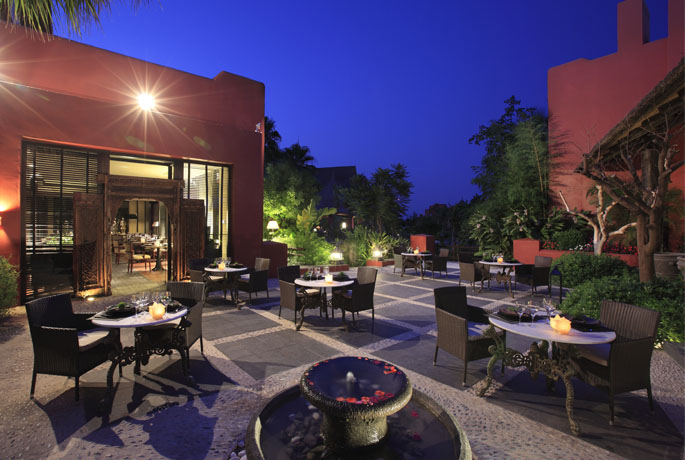At the luxury hotel in Alicante Asia Gardens Hotel & Thai Spa, we never get tired of trying the varied Asian cuisine. Summer is here and we fancy lighter and fresher recipes. How about an Oriental salad?
Varied salads, with intense flavours and aromas, are a fundamental part of Asian people´s diet. That´s why today we are going over some of the most popular Oriental salads and how to prepare them to bring the most exotic flavours.
Any salad can have a more Oriental taste. We just have to add some new flavours. Among the most common Asian ingredients we find: lemongrass, Asian rocket, mint, peanuts, banana blossom, noodles, paprika, hot pepper, green papaya, green mango, lime juice and coriander.
Papaya salad. This is one of the most popular recipes in countries such as Laos and Thailand. Its flavour is intense, acid and spicier than what our palates are accustomed. This a dish that people should try at least once in their lives during a trip to Southeast Asia. Local people know it as Som Tam. Its ingredients are: papaya, garlic clove, chilli, tomato, green peas, fish sauce and lime juice.
Asian-style chicken salad. This salad is a perfect starter to complete with other healthy dishes. We can have it either cold or at room temperature. Its ingredients are: mix of lettuces, chopped cabbage, noodles, almonds, grated carrot, chicken breast and tangerines.
The finishing touch is given by the sauce. In order to add the sauce, we need the following ingredients: rice vinegar, mayonnaise, honey, sesame oil and Dijon mustard.
Asian-style chicken sesame salad. This salad is the star of any summer lunch. The ingredients needed to prepare it are: chicken breast, egg, baby corn, toasted sesame, broccoli, cauliflower, soybeans, sugar, Balsamic Vinegar of Modena, soy sauce and caramel coated soy.
If you want to feel a full Asian experience this summer, one of the must-dos during your stay at the luxury resort Asia Gardens Hotel & Thai Spa, is having dinner at the terrace of our Asian restaurant par excellence, Koh Samui.






